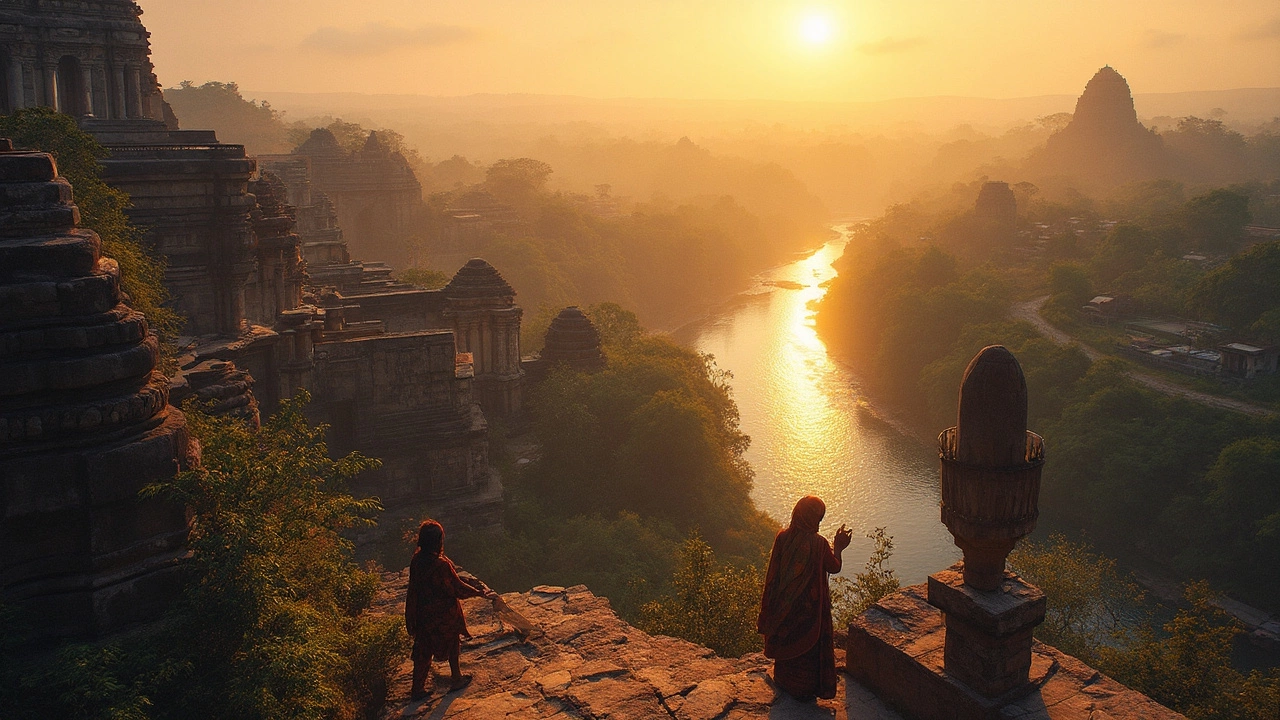SEARCH
Cultural Sites in India: Your Practical Guide to Must‑See Heritage Gems
If you love wandering through old streets, touching ancient stone, and hearing stories that span centuries, India has a bucket list that will keep you busy for years. From world‑famous UNESCO cities to quiet villages that most tourists miss, this guide gives you the basics you need to start planning right now.
Where History Lives: Top UNESCO Heritage Cities
Jaipur – The Pink City: Walk the City Palace, the Hawa Mahal, and Amber Fort. All three are within an hour’s drive, and you can grab a local auto‑rickshaw for cheap transport. The best time to visit is October to March when the heat is mild.
Hampi – Ruins of the Vijayanagara Empire: The stone temples sit on a landscape of huge boulders. Rent a bicycle for a few rupees and hop from one monument to another. Morning light makes the carvings pop, and you avoid the crowds.
Khajuraho – Temples of Intricate Carvings: The Western Group of temples are the ones most travelers see. They’re a short walk from the small railway station, and entry fees are under ₹40. Pair the visit with a local thali for a full day.
Mysore – Royal Palaces and Gardens: The Mysore Palace glitters at night, but the daytime tours let you see the inner halls and the museum. Combine it with a stroll through the Brindavan Gardens; the fountain show starts after sunset.
All these cities have good train links from major hubs, so you can skip pricey flights and enjoy the scenery.
Off‑the‑Radar Cultural Spots Worth a Detour
Orchha, Madhya Pradesh: A tiny town with forts, temples, and a lake. Few tour buses go here, so you’ll get a genuine local vibe. Stay in a heritage homestay to taste authentic cuisine.
Velankanni, Tamil Nadu: Known for its grotto shrine, this town blends Hindu and Christian traditions. The coastal backdrop makes it a peaceful spot for reflection.
Mahabalipuram, Tamil Nadu: The Shore Temple and the rock‑cut monuments are UNESCO‑listed, yet the town feels relaxed compared to nearby Chennai. Early morning visits give you the best light for photos.
Tips for these hidden gems: carry cash for small shops, check the opening hours (many sites close for a midday break), and wear comfortable shoes – the paths are often uneven.
Traveling between sites is simple if you use India’s network of buses and trains. For longer distances, overnight trains save you both time and a night’s accommodation. When you book tickets online, look for the “senior/child” discount to cut costs.
Food is a huge part of the cultural experience. In each city, try a local specialty – dal‑bhat in Hampi, daal‐chawal in Jaipur, or fresh fish in Kerala’s coastal towns. Street food is safe if it’s cooked in front of you and served hot.
Before you set out, write down the top three sites you don’t want to miss in each city. That simple list keeps you focused and prevents endless wandering. And remember, most cultural sites have a small entry fee that goes toward preserving the monuments, so your visit helps keep history alive.
With this quick guide, you have the essentials to explore India’s cultural sites without feeling overwhelmed. Pack your bag, grab a map, and start ticking those historic spots off your list – the stories waiting for you are priceless.

Discover India's Unique World Heritage Site Spanning Multiple States
India's incredible World Heritage Sites draw visitors from all around the world. Among them, one unique site stands out by spanning more than one state, offering a distinct historical and cultural richness. This article explores this remarkable site and provides useful tips for those looking to experience its multifaceted beauty.
Continue reading